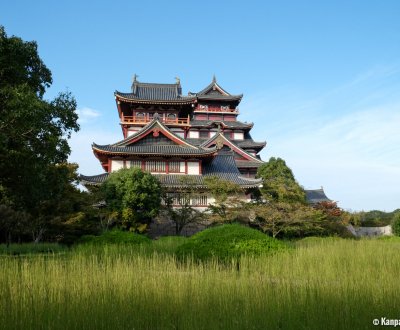Azuchi - Momoyama Period
Unification of the Japanese Territory
The Azuchi-Momoyama period (1573 - 1603) is a transitional time between the Muromachi Period and the Edo Period. It was symbolically named after the extravagant Azuchi Castle built by Oda Nobunaga, and Fushimi-Momoyama Castle, one of the last built by Toyotomi Hideyoshi. The center of power stabilizes during this time frame, and Japan’s map is close to nowadays’ configuration.
The "Sengoku jidai" (1477 – 1573), a century of civil war, has seen the emergence of the daimyo warlords, after a turmoil of struggles between provinces, clans and even within clans. At the end of this period, 3 key-personalities of Japan’s history stood out, each of them contributing to the unification process of the country:
- Oda Nobunaga;
- Toyotomi Hideyoshi; and,
- Tokugawa Ieyasu.
Verses from the Edo Period (1603 - 1868), that Japanese school children know well, sum up the characters attributed to these 3 historical figures:
Nobunaga:
「鳴かぬなら殺してしまえホトトギス」
Nakanu nara koroshiteshimae hototogisu
"If the cuckoo does not sing, kill it"
Hideyoshi:
「鳴かぬなら鳴かせてみようホトトギス」
Nakanu nara nakasetemiyou hototogisu
"If the cuckoo does not sing, make it sing"
Ieyasu:
「鳴かぬなら鳴くまでまとうホトトギス」
Nakanu nara naku made matou hototogisu
"If the cuckoo does not sing, wait until it sings"
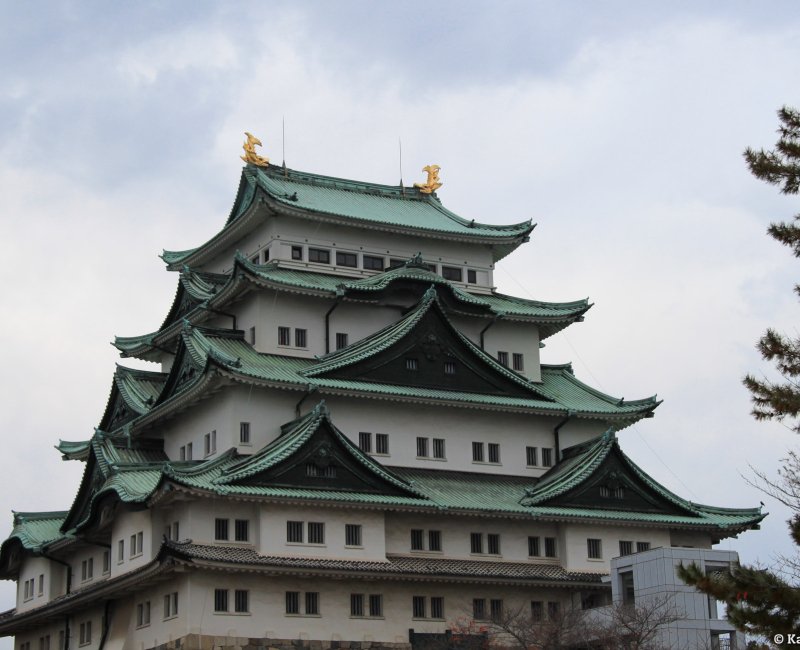
Oda Nobunaga (1534 - 1582)
Born in the Owari province (current Aichi Prefecture), he spent his childhood at Nagoya Castle 🏯 where he earned a reputation of being eccentric and capricious, living without consideration for his status in the warrior class. However, he had to enter the battle field as early as 1551, after his father’s demise, to ensure the succession of the Oda clan. He made a name for himself in 1560, by winning the Battle of Okehazama, where the odds were against him, and gained the support of Matsudaira Motoyasu (who would later become Tokugawa Ieyasu).
Nobunaga extended his territory through wars, but also through several marriage alliances. In 1568, he marched on Kyoto to have Ashikaga Yoshiaki established as the shogun and consequently have his own power reinforced. A power he used to crush the opposing Tendai warrior monks when he attacked and destroyed their monastery, the Enryaku-ji.
At the end of his reign, with a firm hold on the center of Japan, he opposed to 2 powerful clans: the Takeda (in the east, current Yamanashi prefecture) and the Uesugi (in the north-west, current Niigata prefecture) that he managed to overcome. In the west, he had been fighting the Mori clan since 1577 to seize the area encompassing current days’ Chugoku, through one of his lieutenants: Hashiba Hideyoshi (later Toyotomi Hideyoshi). Oda Nobunaga died on the road to Okayama as he was heading to support his vassal, during the famous Honno-ji Incident, betrayed by another ally Akechi Mitsuhide.
Oda Nobunaga is remembered as a particularly brutal figure, even for his times. However, he also contributed in deep changes of the Japanese society. He opened up commerce and crafts to foster production and trade, and also valued skills in the choice of his entourage. With both war and trade in mind, he fostered the development of castle-cities and the road networks connecting them. He is also the first warlord to use firearms in a battle in 1575.
Eager for novelties, Oda encouraged international trade, with Asia naturally, but also with the Southern Barbarians (Namban), as were nicknamed the Europeans who were already actively trading with the area’s other countries. He did not oppose to the Christian missionaries, despite the ban of their religion by the emperor in the 1560s.
He also had a great influence over arts and culture. In 1578, he had the famous Azuchi Castle build near Omihachiman, of which nothing remains today, but whose lavish decoration impressed his contemporaries and where all the surfaces that could be painted were ornamented by artworks of the Kano School. He made the tea ceremony popular, under the guidance of tea master Sen no Rikyu (1522 – 1591). He was also fond of Western culture and collected objects related to it.
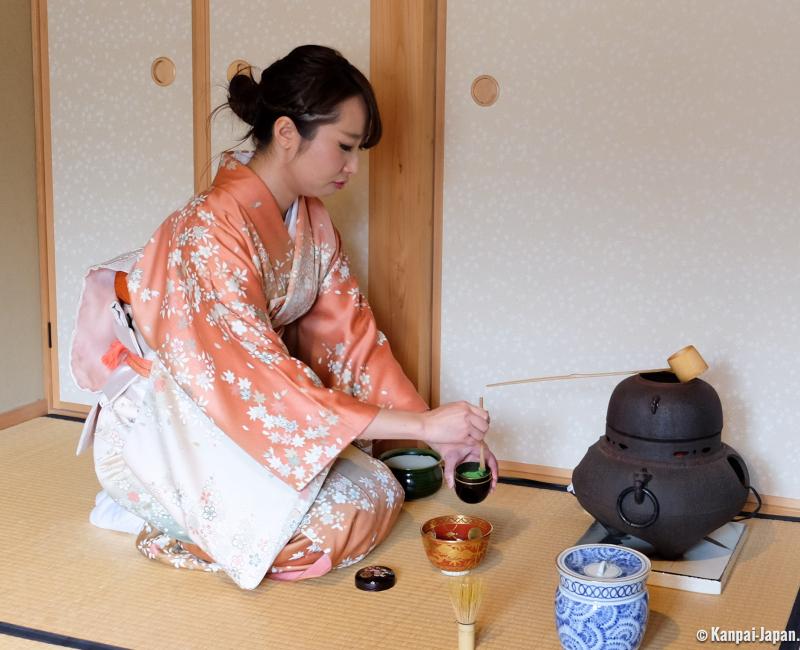
Toyotomi Hideyoshi (1537 - 1598)
Hideyoshi is the perfect illustration of the Sengoku period’s social upheavals: a foot soldier in Oda Nobunaga’s army, he made his way to the top of the state and became the emperor’s regent (kampaku). Born in the Owari province, the legend has it that his ugliness earned him the moniker of "monkey 🐒". After long years of indiscipline, he eventually started to serve Oda Nobunaga, who took notice of his feats of arms especially.
In 1574, he takes the surname Hashiba and makes the kiri paulownia leaves his emblem. Between 1577 and 1582, he is fighting for Oda Nobunaga in the west of Honshu, and finally defeats the Mori Clan during the siege of Takamatsu Castle in Okayama. After hearing about his suzerain’s demise, he urges back to Kyoto and is the 1rst to confront and kill Akechi Mitsuhide, a feat that helped him consolidate his power against Oda’s successors and to subjugate his vassals, including Ieyasu.
In 1585, he had conquered Shikoku, extended up to the Echigo Province (current Niigata prefecture) and finally seized Kyushu in 1587. The only territories he was yet to acquire were the eastern provinces ruled by the Hojo (in current Kanagawa prefecture) and the north-east of Honshu ruled by the Date, but they fell shortly after, as an outcome of the Battle of Odawara in 1590.
In 1586, Hideyoshi attains the role of chancellor (kampaku) and the emperor grants him the surname Toyotomi, as well as the status of member of the Court nobility, an almost unprecedented honor in the country’s history. However, Hideyoshi’s ambitions know no bounds and he orders the invasion of China via the Korean peninsula. The invasion is attempted twice, in 1592 and in 1597, but his death in 1598 put a halt to this project.
Like Nobunaga, Hideyoshi was an enthusiast of the tea ceremony and he contributed to its developments, especially as a patron of Sen no Rikyu (who he also ordered to commit suicide in a bout of anger) and using the military campaigns in Korea to import quantities of precious ceramic wares and raid craftsmen. His Osaka Castle, built between 1583 and 1598 after the model of Azuchi Castle, was intended as a fortress protecting Kyoto and the heart of his power.
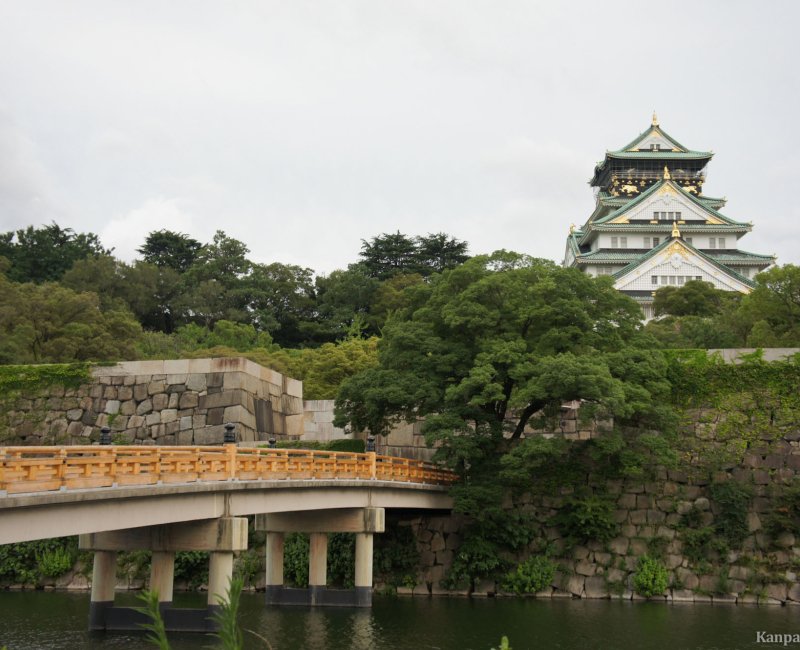
He banned Christianity, expelled the Jesuit missionaries from Kyushu in 1587, and started violent anti-christian persecutions that would last until the early 17th century, pressuring many Japanese Christians into hiding, especially in the Goto Islands off to Nagasaki.
Furthermore, he laid the foundations for Japan’s further developments:
- Land survey of the crops and their yieldings, to establish a tax system;
- Population census, with people basically forbidden to move out their locality;
- Weapons confiscation (katanagari) of anyone who does not belong to the warrior class, so as to avoid any peasant revolt, that were frequent during the Muromachi Period.
He also puts an end to the permeability between classes allowed by the Sengoku period, while working to ensure peace.
His heirs would totally disappear at the beginning of the next era and his house being extinct, his emblem, the kiri-mon, is now used as the official seal of the incumbent Prime Minister. Hideyoshi was buried in Toyokuni-jinja shrine near Kyoto National Museum, and is also worshiped at Hokoku-jinja, a shrine located in Osaka Castle Park.
When Hideyoshi passes away, Japan’s territory extends on the whole Honshu, to Kyushu and Shikoku, and is unified under the same authority.
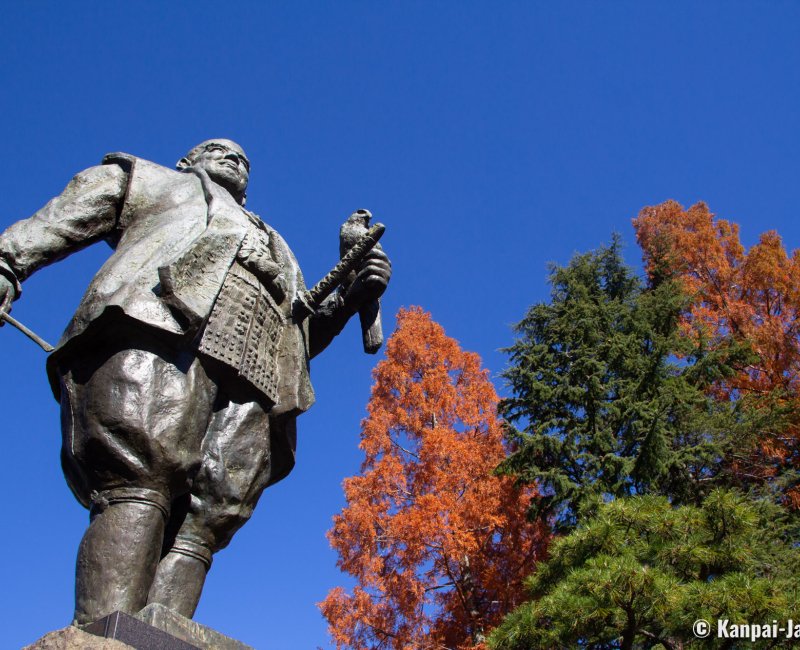
Tokugawa Ieyasu (1543 - 1616)
Ieyasu is the last of the three pacificators and the only one to be granted the title of Sei i Tai Shogun. Born Matsudaira Takechiyo in the family of a minor lord of the Mikawa Province (Aichi), he was quickly sent to Sunpu (Shizuoka) as hostage until he turned 14 years old. Once freed, he rallied Oda Nobunaga after the Battle of Okezahama (1560), a move that allowed him to reshuffle his clan and his domain; he will remain Oda’s vassal until his death in 1582. After being caught short by Hideyoshi to avenge his suzerain, he nonetheless tried to invade the territories lost by the Takeda clan in the Japanese Alps, but would meet the opposition of the Hojo clan residing near Chiba.
In 1584, he lends his support to one of Nobunaga’s sons in his succession and therefore opposed to Hideyoshi. However, after a few skirmishes, the 2 armies quickly called a truce.
In 1586, Ieyasu goes to Osaka to pledge allegiance to Hideyoshi, who just had become Kanpaku and would always hold a grudge toward him. In the wake of the Battle of Odawara (1590), Hideyoshi offers Ieyasu to establish a new domain in the eastern provinces, formerly occupied by the Hojo, that while wealthier than his former lands, are also farther from the center of power. The distance was beneficial to Ieyasu however as it allowed him to develop and avoid sending troops to the expensive Korean campaigns. He settles in Edo (future Tokyo), that still was a small fishermen village in the heart of a marshland.
Ieyasu was one of the 5 elders in the regency council in charge of Hideyori (born in 1593), the son and heir designated by Hideyoshi, but conflicts resumed with the later’s death. Tokugawa Ieyasu eventually vanquished the Western daimyo lords who kept their loyalty to the Toyotomi's as a legitimate branch of power, after the Battle of Sekigahara in 1600 (today in Gifu prefecture, about 20km to the east of Lake Biwa). As he held power, the emperor gave him the hereditary title of Sei i Tai Shogun in 1603 and the country’s capital was definitely established in Edo.
Thus began a 250 years-long period of political stability, and the founding of the Tokugawa dynasty whose capital will later be known as Tokyo.

